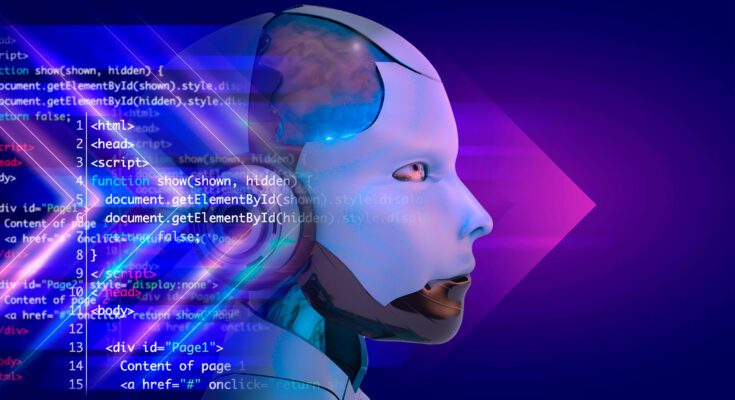In today’s fast-paced digital world, businesses are constantly looking for ways to innovate while keeping costs under control. Software development, a critical component of modern business operations, is often associated with high expenses due to the complexity, time, and resources required. However, the rise of Artificial Intelligence (AI) is revolutionizing the way software is developed, offering significant cost-saving opportunities. In this blog post, we’ll explore how AI can reduce the cost of developing software and why it’s a game-changer for businesses of all sizes.
1. Automating Repetitive Tasks
One of the most significant ways AI reduces development costs is by automating repetitive and time-consuming tasks. Writing boilerplate code, debugging, and testing are essential but labor-intensive aspects of software development. AI-powered tools like GitHub Copilot, Tabnine, and others can generate code snippets, suggest improvements, and even write entire functions based on natural language prompts. This automation allows developers to focus on more complex and creative tasks, reducing the time and effort required to complete projects.
Cost-saving impact: By automating repetitive tasks, businesses can reduce the number of hours developers spend on mundane activities, leading to lower labor costs and faster project delivery.
2. Enhancing Code Quality and Reducing Bugs
Bugs and errors in software can be costly to fix, especially if they are discovered late in the development process or after deployment. AI-powered tools can analyze code in real-time, identify potential issues, and suggest fixes before they become major problems. For example, tools like DeepCode and SonarQube use machine learning algorithms to detect vulnerabilities, code smells, and inefficiencies.
Cost-saving impact: By catching bugs early and improving code quality, businesses can avoid expensive rework, reduce downtime, and deliver more reliable software to their users.
3. Streamlining Project Management
AI is also transforming project management by optimizing resource allocation, predicting project timelines, and identifying potential risks. Tools like Jira and Trello now integrate AI to provide insights into team performance, estimate task completion times, and recommend adjustments to keep projects on track.
Cost-saving impact: Improved project management reduces the risk of delays and budget overruns, ensuring that development projects are completed efficiently and within budget.
4. Accelerating Development with AI-Generated Prototypes
Creating prototypes and minimum viable products (MVPs) is a critical step in software development, but it can be time-consuming and expensive. AI tools like Figma’s AI features and Uizard can generate design prototypes and even basic code structures based on simple inputs. This accelerates the initial stages of development, allowing teams to test ideas and gather feedback quickly.
Cost-saving impact: Faster prototyping means shorter development cycles, enabling businesses to bring products to market sooner and with fewer resources.
5. Reducing Dependency on Large Development Teams
AI-powered tools are enabling smaller teams to achieve what once required large groups of developers. With AI handling tasks like code generation, testing, and debugging, businesses can maintain leaner teams without sacrificing productivity. This is particularly beneficial for startups and small businesses with limited budgets.
Cost-saving impact: Smaller teams mean lower payroll expenses, reduced overhead costs, and more efficient use of resources.
6. Optimizing Cloud and Infrastructure Costs
AI can also help reduce costs associated with cloud infrastructure and hosting. AI-driven platforms like AWS Lambda and Google Cloud AI can optimize resource usage, predict traffic patterns, and automatically scale resources up or down based on demand. This ensures that businesses only pay for what they use, avoiding unnecessary expenses.
Cost-saving impact: By optimizing cloud usage, businesses can significantly reduce their operational costs while maintaining high performance and scalability.
7. Enabling Continuous Learning and Improvement
AI systems are designed to learn and improve over time. By analyzing past projects, AI can identify patterns and provide recommendations for improving development processes. This continuous learning ensures that each project becomes more efficient and cost-effective than the last.
Cost-saving impact: Over time, businesses can achieve significant cost savings as AI helps refine and optimize development workflows.
Conclusion
AI is no longer just a futuristic concept—it’s a practical tool that’s already transforming the software development landscape. By automating repetitive tasks, improving code quality, streamlining project management, and optimizing resources, AI can significantly reduce the cost of developing software. For businesses looking to stay competitive in a rapidly evolving market, embracing AI is not just an option—it’s a necessity.



